In 2001, an institution called Academy at Ivy Ridge was officially founded. Marketed as a boarding school that would help troubled teens, Ivy Ridge claimed to use therapy and recreational activities as reformative tactics. In reality, however, it wasn’t anything close to resembling an actual school. Those who attended endured years of mental, physical and sexual abuse until the school shut down for good eight years later.
Survivors of Ivy Ridge recounted their horrific, cult-like experiences in Netflix’s latest docuseries “The Program: Cons, Cults, and Kidnapping.” The three-part-series spotlights Katherine Kubler, an Ivy Ridge student turned filmmaker who exposes the mistreatment and brainwashing that occurred within school grounds. Kubler is joined by several of her former peers who recall what it was like attending the pseudo disciplinary school. The series also features their family members, along with journalists, attorneys, legal experts and a few former staff members at Ivy Ridge.
Here are 8 harrowing revelations from the series:
 Katherine Kubler, Ken, and Julie in “The Program: Cons, Cults, and Kidnapping” (Photo courtesy of Netflix)
Katherine Kubler, Ken, and Julie in “The Program: Cons, Cults, and Kidnapping” (Photo courtesy of Netflix)Kubler, who was sent away to the so-called boarding school at the age of 16, recalled being handcuffed by two individuals, who took her to Ivy Ridge.
“My parents had hired two strangers to forcibly escort me to Academy at Ivy Ridge in the small town of Ogdensburg in Upstate New York,” Kubler said. She arrived at the institution at 3 a.m. Upon entrance, she was greeted by staff and told by her escorts that she wasn't allowed to go outside anymore.
“This was the first time I started realizing, ‘This isn’t a normal school,’” Kubler said. “Like, ‘What’s going on?’ Then two staff members flanked me on either side, linked arms with me and walked me off to the dorms.” They took Kubler to a bathroom, where they strip-searched her, and had her sleep on a mattress in the hallway.
“That’s most people’s first experience at Ivy Ridge is just hearing these doors click locked behind them. And you can never leave.”
Janja Lalich, a sociologist and author of “Take Back Your Life: Recovering from Cults and Abusive Relationships,” said, “Many of these kids are taken in the middle of the night out of their bedrooms by these so-called ‘transport services,’ where these big guys come, all dressed in black with their handcuffs. Your parents are standing there at the doorway, watching. It’s 3:00 in the morning. You get woken up out of bed. These guys grab you. You don’t know what’s going on. You’re saying ‘help’ to your parents. They are just standing there. They take you off somewhere. You have no idea where you’re going.
“That alone is going to be a lifelong trauma.”
 The Program: Cons, Cults, and Kidnapping (Photo courtesy of Netflix)
The Program: Cons, Cults, and Kidnapping (Photo courtesy of Netflix)Ivy Ridge had an obscene number of school rules. In fact, there were so many rules that it was impossible to learn and memorize all of them in just a few days.
Notable rules were as follows: Students were not allowed to talk without permission. Students couldn’t look out the window. Students weren’t allowed to make eye contact with other students (female students weren’t allowed to look at male students and vice versa). Students weren’t allowed to touch anyone. Students had to pivot around every corner and maintain a strict, military-like structure. Female students had to wear their hair in a braid. Makeup and shaving were both prohibited. Students weren’t even allowed to look in the mirror. Bathroom stall doors also had to be open at all times.
The program ran on a points and level system. Everyone started on level one with zero points and had to collect points to move up a level. Points were earned by following the school rules on a daily basis. Students who broke a rule received a correction, which removed points from their total number. Negative point values could become positive by writing “meaningless” essays or writing the school rules for hours.
Students who reached level two were allowed to have a candy bar twice a week. Students who reached level three could have a 15-minute phone call once a month with their parents. Staff, however, listened in on those calls and were allowed to disconnect the phone if anything negative was said about the program.
Levels four through six were upper levels. Students could now talk, shave, wear their hair down, wear makeup, look out the window and hold an unpaid staff job. Completing level six was synonymous with graduating from the academy. However, the institution made it almost impossible for students to attain such a high number of points.
 Nikki Bilodeau in “The Program: Cons, Cults, and Kidnapping” (Photo courtesy of Netflix)
Nikki Bilodeau in “The Program: Cons, Cults, and Kidnapping” (Photo courtesy of Netflix)WWASP stands for the World Wide Association of Specialty Programs and Schools, an organization based in Utah that described itself as an umbrella organization of independent institutions for education and treatment of troubled teenagers. WWASP contained multiple sister facilities, including ones in Jamaica, Samoa, Czech Republic, Mexico and Costa Rica. When one facility was shut down, the children in that facility were transferred to a sister facility.
That’s what happened with Casa by the Sea, a now defunct WWASP school/treatment center in Ensenada, Baja California, Mexico that was shut down by the Mexican government in 2004. Those enrolled in Casa by the Sea were moved to Ivy Ridge, which was incapable of housing such large numbers of children. Six children were crammed into each dorm room. The lack of space also meant some children were sleeping on mattresses on the floor and in the hallway.
Foot fungus, pink eye and viruses spread rapidly throughout the facility. Medical neglect was also rampant.
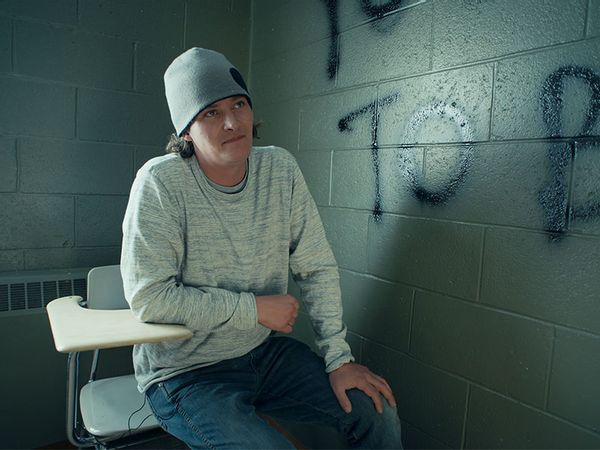 Quintin Pedrick in “The Program: Cons, Cults, and Kidnapping” (Photo courtesy of Netflix)
Quintin Pedrick in “The Program: Cons, Cults, and Kidnapping” (Photo courtesy of Netflix)Fed up with their mistreatment, the teens at Ivy Ridge took part in a May 2005 boys’ riot in hopes of shutting down the institution for good. Quintin Pedrick, one of the primary instigators of the riot, was arrested for first-degree riot, third-degree assault, as well as fourth-degree criminal mischief. He was arraigned in the local Oswegatchie Town Court before being held at the St. Lawrence County Jail on $2,500 cash bail. Pedrick was 16 at the time.
When asked how jail was in comparison to Ivy Ridge, Pedrick said, “like a five-star Hilton Hotel.”
“I loved jail. Jail was freedom to me. It was freedom compared to what we were going through here.”
The riot failed to shut down Ivy Ridge. The program’s spokesperson, Tom Nichols, said at the time that Ivy Ridge would be reviewing the incident and looking at procedures to prevent a similar occurrence from happening in the future.
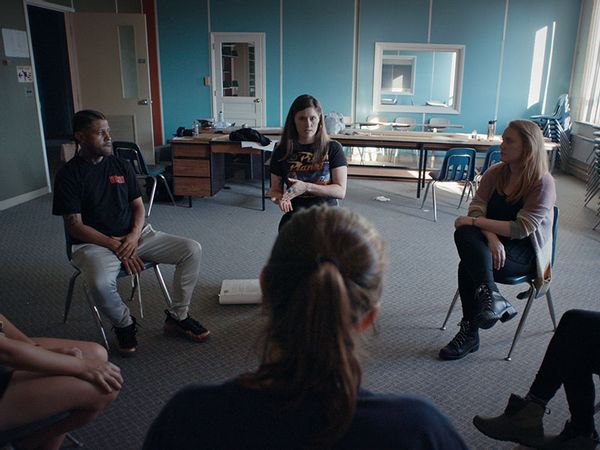 The Program: Cons, Cults, and Kidnapping (Photo courtesy of Netflix)
The Program: Cons, Cults, and Kidnapping (Photo courtesy of Netflix)Allison Chee, who was sent away at 15 and was in the program for 22 months, explained that seminars were two-to-four day events that took place every four to six weeks at each of the WWASP programs. Students had to get through one seminar in order to progress to the next one.
Seminars are essentially “the backbone of the whole program,” Chee said.
“In order to graduate [from] the program, you had to complete the seminars, and there were a lot,” said Kubler. “Completing the seminars meant not questioning their [the program’s] ideology and conforming to the groupthink of the program.”
The seminars used the teens’ physiological experiences to manipulate their mind and thought processes. Kubler, whose mother died of cancer a week before she turned two, was told that she was at fault for her mother’s demise. Same with Diana Nowak, whose father died in a car accident when she was a toddler. No one called Nowak by her real name at the institution. She was referred to as “The Mistake.”
The program was essentially brainwashing its so-called students, who were deprived of sleep, food and personal time. Every single seminar also involved “some type of physical exertion component,” said Alexa Brand.
In one seminar, students were forced to repeatedly hit a towel wrapped in duct tape on the floor and scream. If they stopped or “chose out of the seminar,” they were sent to a new seminar called breakpoint, which was meant to mentally break those participating. In breakpoint, students had to repeat a series of phrases over and over again for the entire day to the point of dissociation.
Other seminars publicly humiliated students by having them cross-dress in front of their peers and perform a specific song. Sean, who was in the program for two years, said he had to perform “I'm Too Sexy” by Right Said Fred while wearing a red dress and prancing around in a cult-like circle.
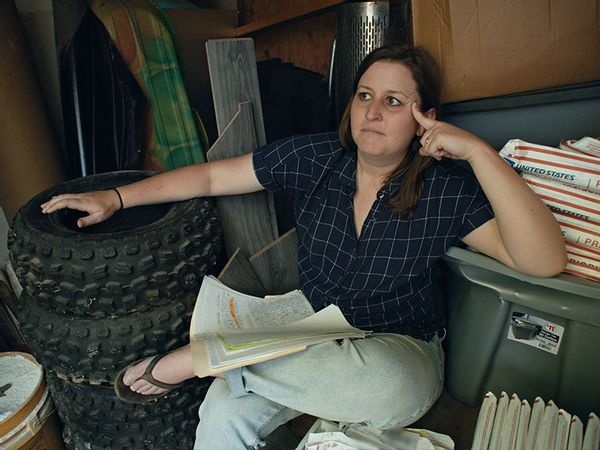 Katherine Kubler in “The Program: Cons, Cults, and Kidnapping” (Photo courtesy of Netflix)
Katherine Kubler in “The Program: Cons, Cults, and Kidnapping” (Photo courtesy of Netflix)Each “student” was given a family rep, who was the sole liaison between child and parent. Family reps were the teens’ “only communication and lifeline to the outside world, to our parents and to our family,” explained Kubler.
Family reps would monitor the teens’ letters and phone calls to their parents. Reps would have weekly phone calls with parents, where they assured them that keeping their children in the program was the best thing they could do. Family reps also received talking points for how to address abuse allegations. They told parents that the allegations were not credible and said that the program didn't use isolation or brainwashing tactics.
Students were under the impression that family reps were there to help them, but that was far from the truth. Family reps were incentivized to keep students in the program longer. A file from the program reveals that reps were awarded $25 for each student in the program who was over the age of 18. They also received a $500 bonus for every student who graduated.
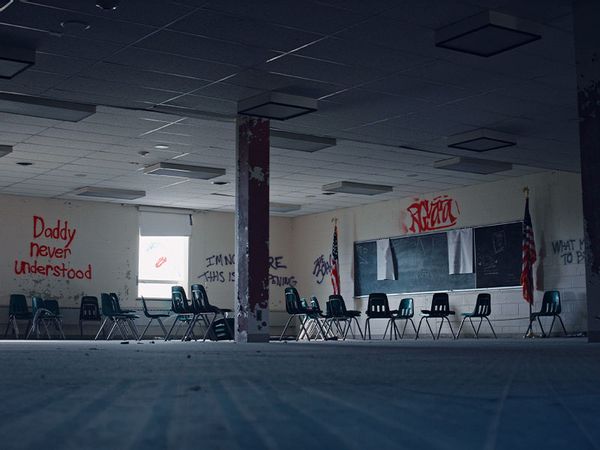 The Program: Cons, Cults, and Kidnapping (Photo courtesy of Netflix)
The Program: Cons, Cults, and Kidnapping (Photo courtesy of Netflix)“If you actually are providing decent psychiatric care for children, it’s very difficult to make money because you need incredibly trained staff, and everybody’s gotta have a master’s-level degree or above,” said reporter Maia Szalavitz. “Now, these places convince parents that, because their regime is so well-designed to modify behavior, ‘We don’t need any trained staff. We just put them through our own training.’ And that’s all they need to be able to fix your kid.”
After retrieving several uncovered files, Kubler learned that some Ivy Ridge staff were being paid only $5.50 an hour to take care of students. The average tuition at Ivy Ridge was $3,500 per month. So, at peak enrollment, the institution was bringing in more than $1.5 million a month, she explained.
Despite the high profits, Ivy Ridge spent only $4 per teen on their daily meals. They also saved money by utilizing child labor. When students reached level three, they were allowed to work in the kitchen where they cleaned the facilities. Kubler said she believes the program never had a formal janitorial staff.
At Ivy Ridge, there were 500 students, 240 staff members and just one certified teacher. The institution itself used a Bible-based home study program to teach. Amid the early 2000s, a behavior modification program — which is what Ivy Ridge was classified as — didn't need to go through any kind of oversight or licensing in the state of New York, explained John Sullivan, a former regional director at the NY Office of Attorney General. That means that those who graduated from Ivy Ridge between 2001 to 2009 never received a legitimate high school diploma.
 Paris Hilton, Caroline, Alexa, and Katherine Kubler in “The Program: Cons, Cults, and Kidnapping” (Photo courtesy of Netflix)
Paris Hilton, Caroline, Alexa, and Katherine Kubler in “The Program: Cons, Cults, and Kidnapping” (Photo courtesy of Netflix)In March 2009, it was announced that Ivy Ridge would close until fall 2009 in order to “restructure” following a slew of legal troubles. At the time, there were approximately 60 enrolled students who were ultimately sent home or transferred to another institution. A Delaware-based corporation bought the property in April 2009 and announced that the school wouldn’t reopen.
Although Ivy Ridge and several other WWASP programs have managed to shut down for good, troubled teen rehabilitation programs are still popular today.
“This story does not have a happy ending. And this story is far from over. The troubled-teen industry is still alive and thriving,” said Kubler. “They’re still out there institutionalizing children with little to no oversight or regulation.”
"The Program: Cons, Cults, and Kidnapping" is currently available for streaming on Netflix. Watch a trailer for it below, via YouTube:
Read more
about cults:


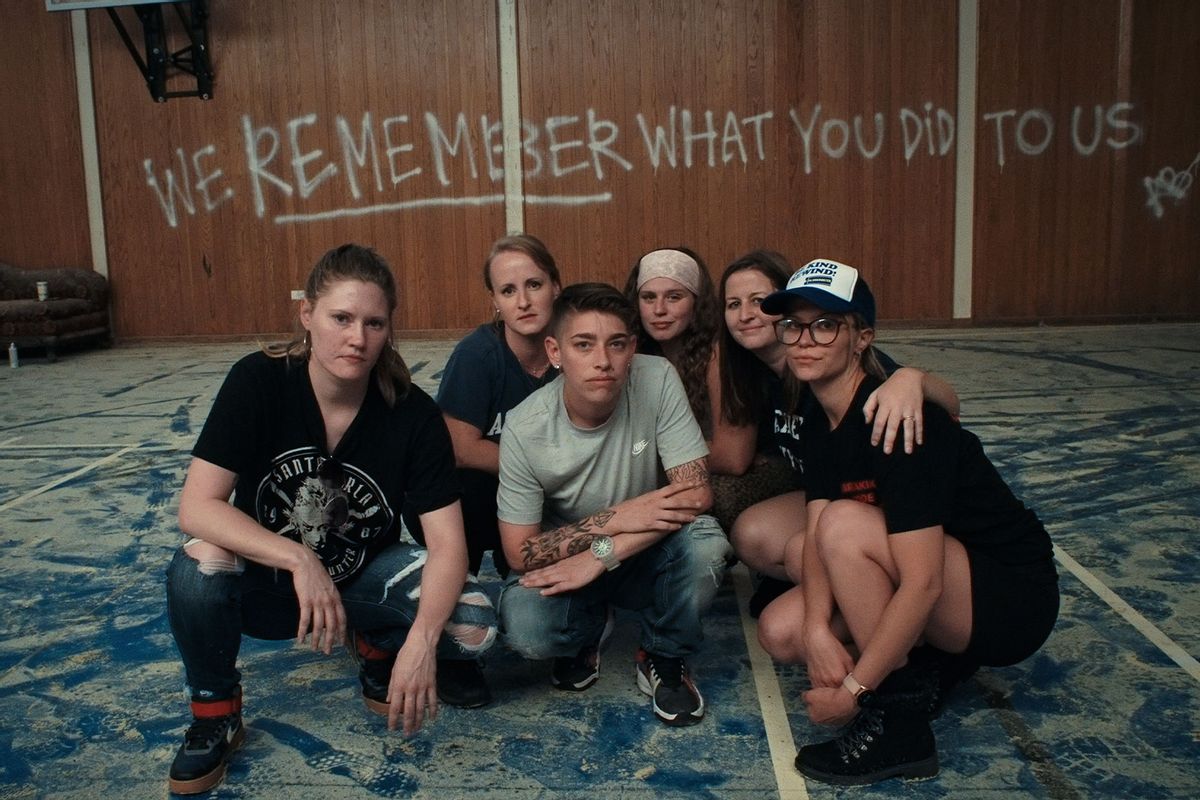
Shares